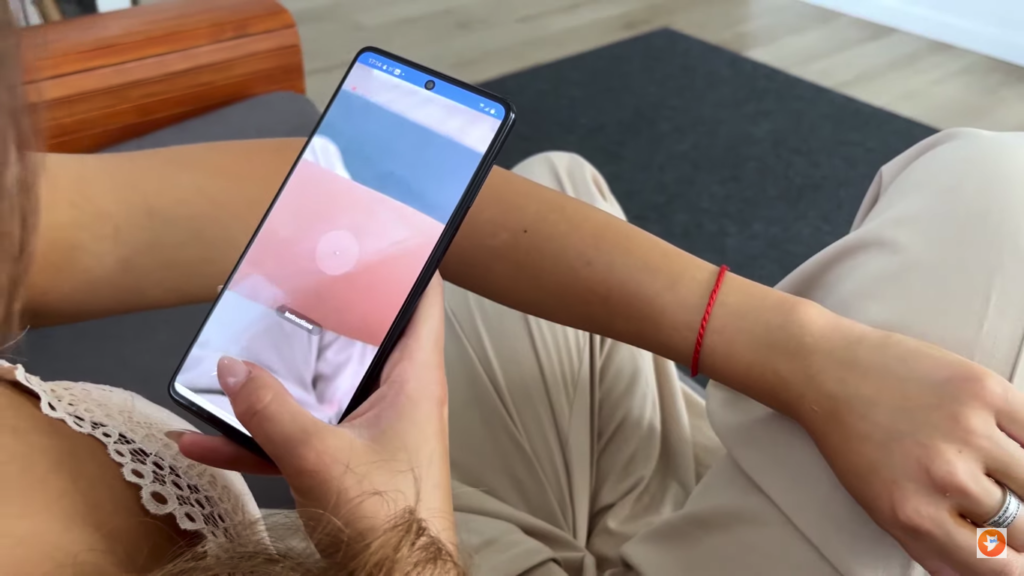Unveiling Diabetes Progression Through RSOM
A pioneering collaboration between the Technical University of Munich (TUM) and Helmholtz Munich has birthed a groundbreaking method: measuring microvascular alterations in the skin to gauge the severity of diabetes. This innovative approach combines artificial intelligence (AI) with high-resolution optoacoustic imaging technology.
Optoacoustic imaging harnesses light pulses to generate ultrasound within tissue, capturing minute changes in the microvasculature. By recording ultrasound waves created by tissue movements around light-absorbing molecules like hemoglobin, this method delivers detailed images of blood vessels, surpassing other non-invasive techniques.
Tip: Please fill out the form if you or a friend would like more information on glucose monitors.
Although the fundamentals of optoacoustics have existed for over a century, its medical applications have emerged relatively recently. Vasilis Ntziachristos, Professor of Biological Imaging at TUM and Director of the Institute of Biological and Medical Imaging at Helmholtz Munich, spearheads the development of optoacoustic imaging methodologies, including RSOM (Raster-Scan Optoacoustic Mesoscopy).
Don’t miss the Guide about Wegovy Dosage Guide: The Best Way For Weight Loss
Unraveling Diabetic Skin Vascular Transformations
Employing RSOM, researchers scrutinized diabetic skin blood vessels in the lower limbs of 75 individuals alongside a control group. Through RSOM images, they leveraged AI algorithms to pinpoint 32 distinctive alterations characterizing diabetes, encompassing changes in vessel branches and diameters.
Swift and Non-invasive Vascular Assessments
Unlike invasive skin biopsies, RSOM swiftly gauges vascular shifts without tissue deformation. Its non-invasive nature, combined with its radiation-free and contrast-agent-independent attributes, facilitates rapid assessments lasting less than a minute. Angelos Karlas, the lead clinician in the study, underscores RSOM’s unparalleled depth and detail in capturing vascular alterations.
Must Read CGMs in noncritical care hospitals optimizes glycemic control
Layers of Diabetes Effects in Skin Vessels
The researchers unearthed that diabetes affects diverse skin layers dissimilarly. While the diabetic dermal layer revealed reduced vessel count and branches, the epidermal layer exhibited an increased vascular presence closer to the skin surface.
Pioneering Diabetes Severity Assessment
A holistic evaluation of the 32 identified characteristics correlates directly with diabetes progression. By amalgamating these attributes into a score, the study pioneers a direct association between the skin’s microvascular condition and diabetes severity, a milestone achievement.
Also, read about Global Diabetes Mellitus Trends from 1990 to 2019
Implications and Future Prospects
Vasilis Ntziachristos emphasizes the transformative potential of RSOM in quantifying diabetes effects. Envisioning a portable and cost-effective RSOM, the study heralds an era of continuous monitoring for over 400 million affected individuals worldwide. This advancement foresees swift and painless at-home examinations, revolutionizing the assessment of therapeutic efficacy in mere minutes.


